Comparison of Graphics Cards with NVIDIA's RIVA TNT Chip
Elsa Erazor II

Elsa is the only German company in this test and that's why I would love to show some patriotism. Unfortunately Elsa didn't leave me much positive to go on about.
The Erazor II is the only board in this test that comes with SGRAM instead of SDRAM. SGRAM is more expensive, because the architecture is more sophisticated. The performance should be at least a little bit better than with SDRAM, because SGRAM offers several different block read commands that should improve the memory performance. Unfortunately it turns out the opposite way, the Erazor II is the slowest TNT card in case you tweak the memory timings of the Asus card, something you cannot do with the Erazor II. In the past Elsa shipped the Erazor II with a little fan and heat sink on top of the TNT chip, keeping the temperature of the RIVA TNT at the same levels as the Hercules card. Now Elsa has decided to save the costs for the fan and the new passive heat sink makes it one of the literally hottest boards in this comparison. The memory timings cannot be tuned with Powerstrip, but you can run it at up to 120 MHz. The TNT chip however doesn't cope with more than 100 MHz, which puts the Erazor II into last place for overclocking as well.
The drivers of the Erazor II are amongst the best available, it offers a very convenient way to adjust your monitor settings. You can't really blame Elsa for not including an overclocking tool into the drivers, the Erazor II isn't really designed for that.
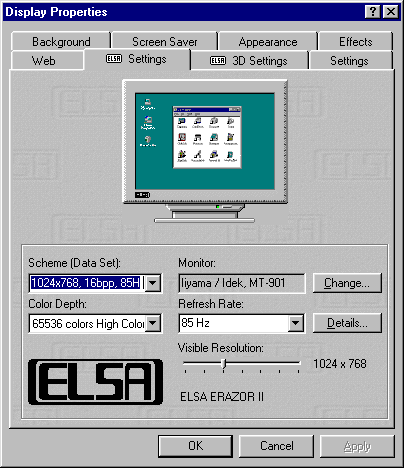
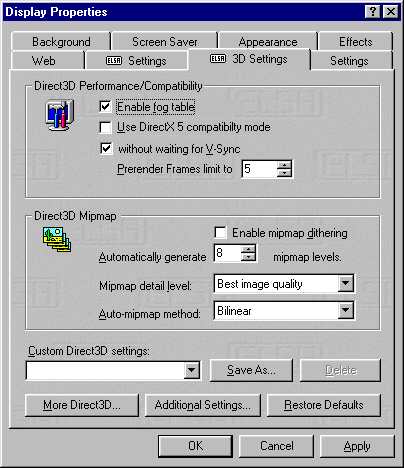
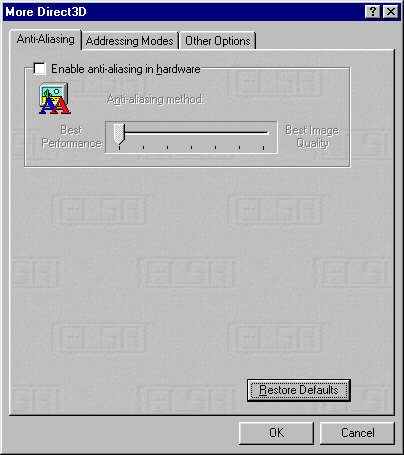
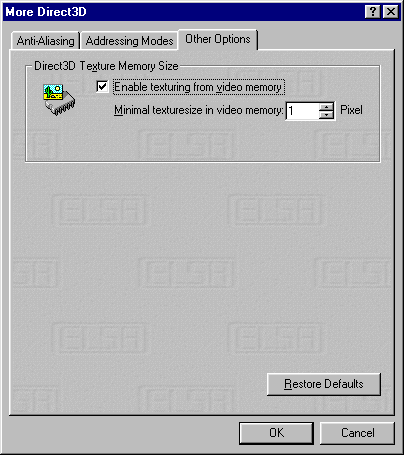
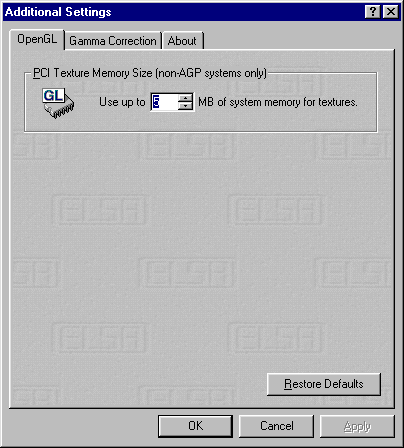
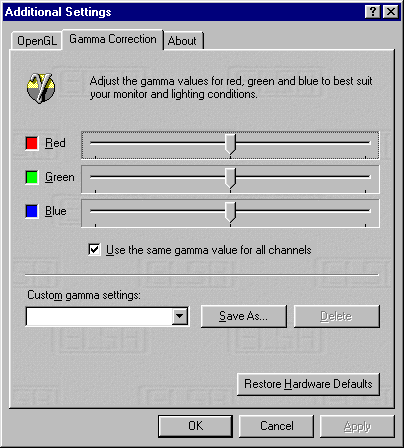

Summary
Elsa decided against a video-out option, so that in summary the Erazor II is slower than the others, less overclockable than most, one of the worst cooled TNT card without any additional hardware features, but it comes with good drivers. I wish I could find one reason to recommend this card, but it is even one of the most expensive ones. Too bad for Elsa, I hope the next graphics product will be better again.
Stay on the Cutting Edge
Join the experts who read Tom's Hardware for the inside track on enthusiast PC tech news — and have for over 25 years. We'll send breaking news and in-depth reviews of CPUs, GPUs, AI, maker hardware and more straight to your inbox.
Most Popular

